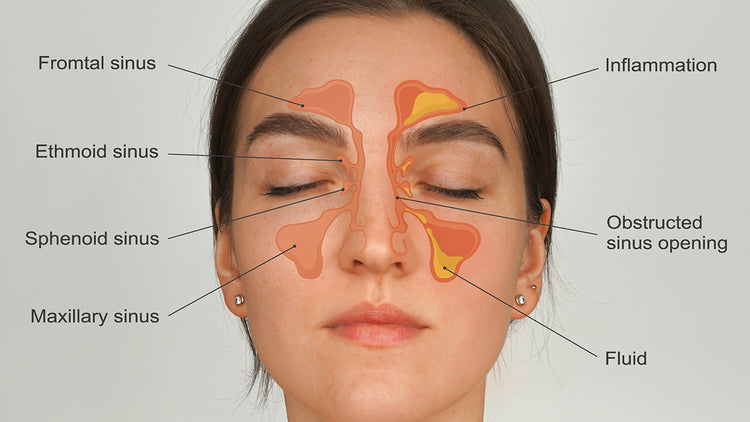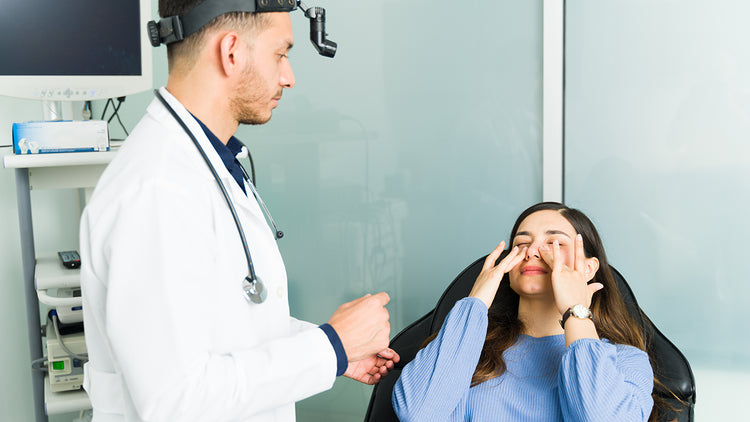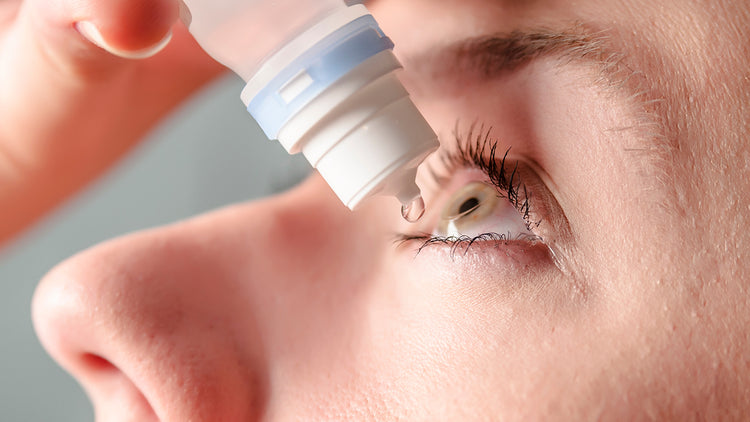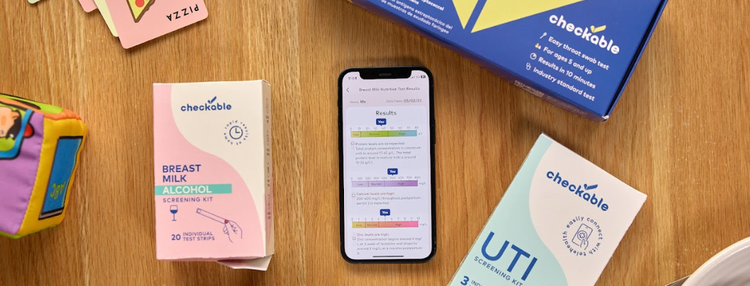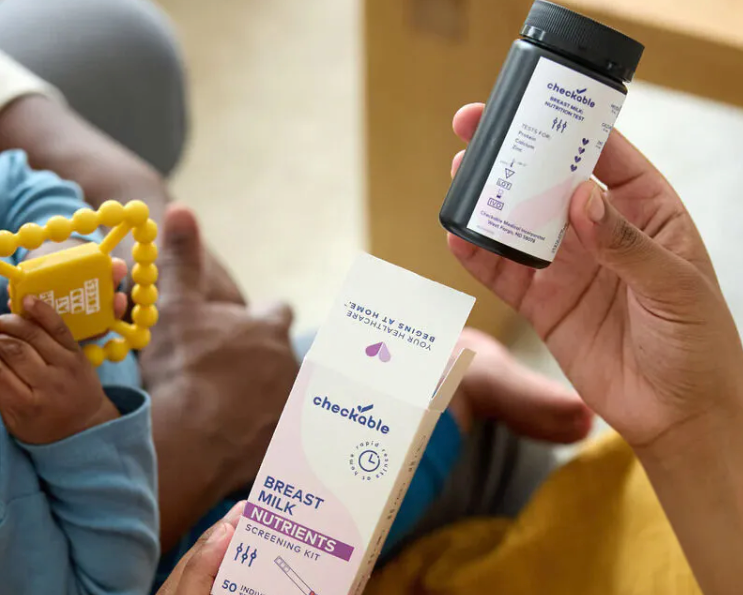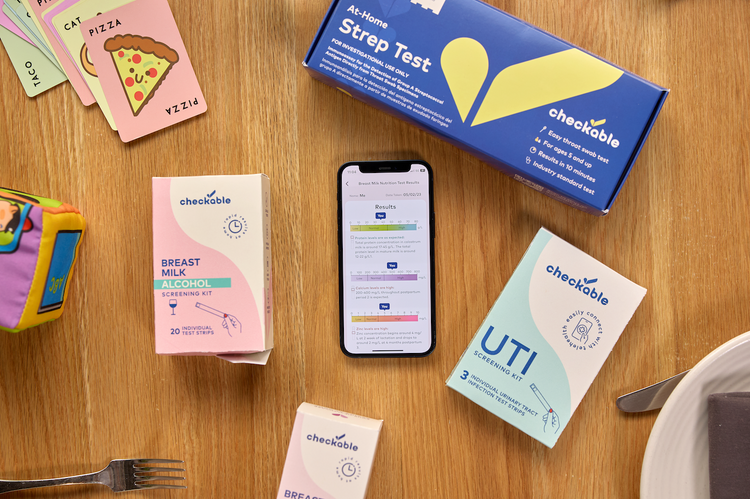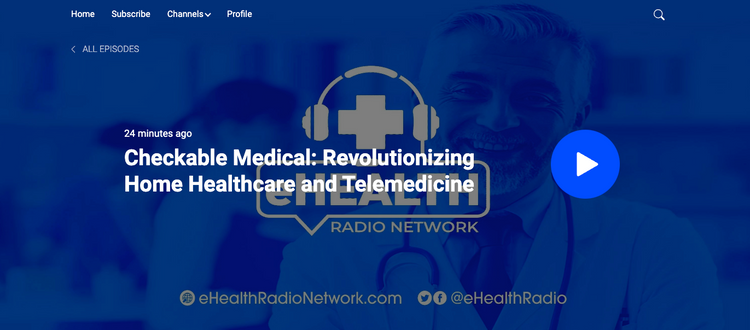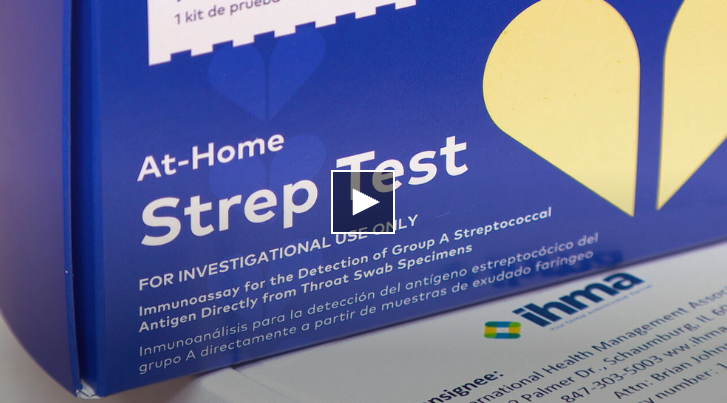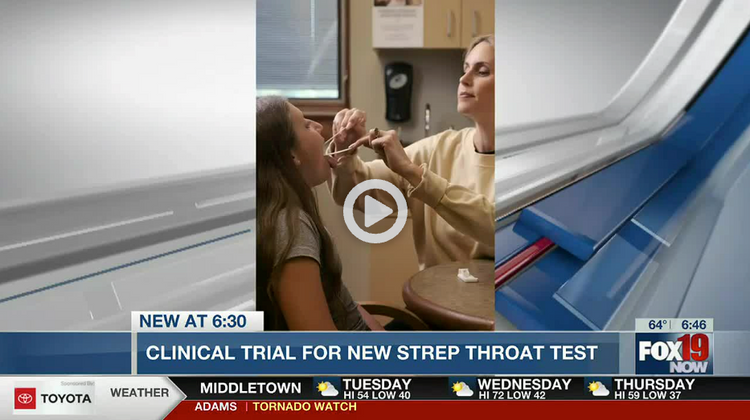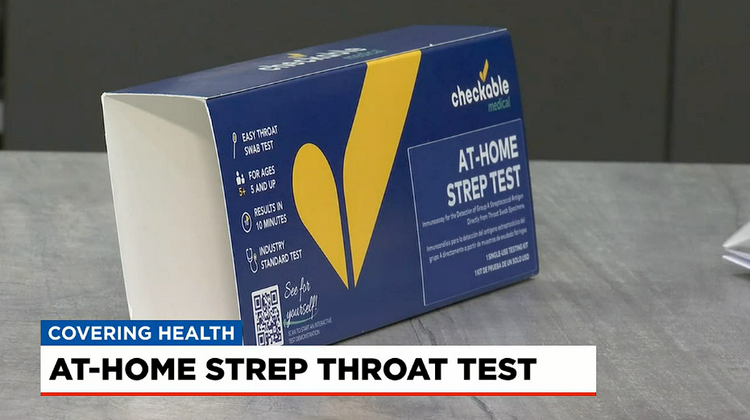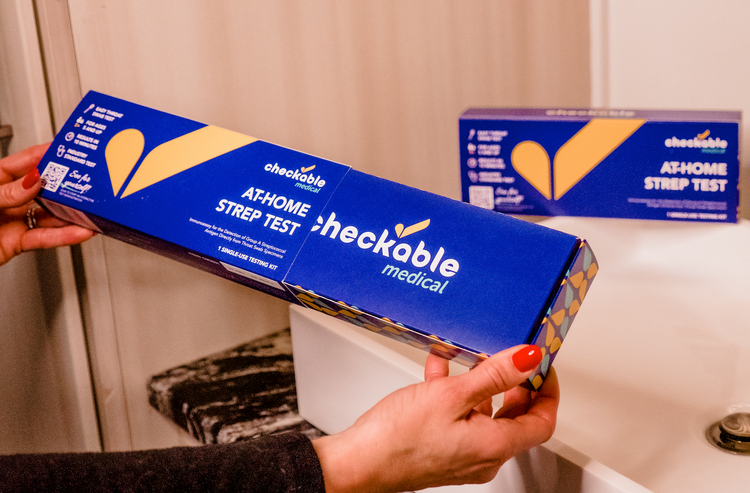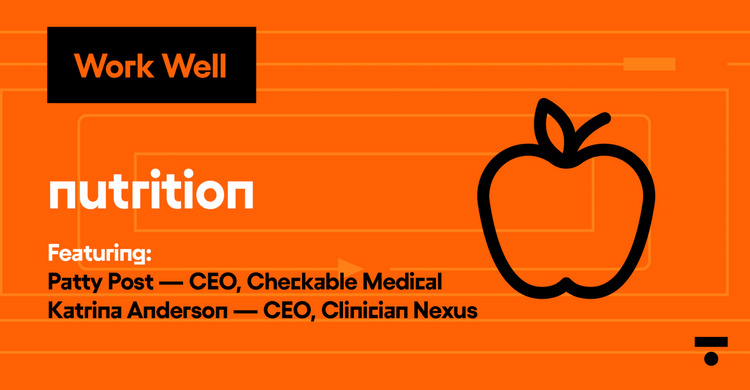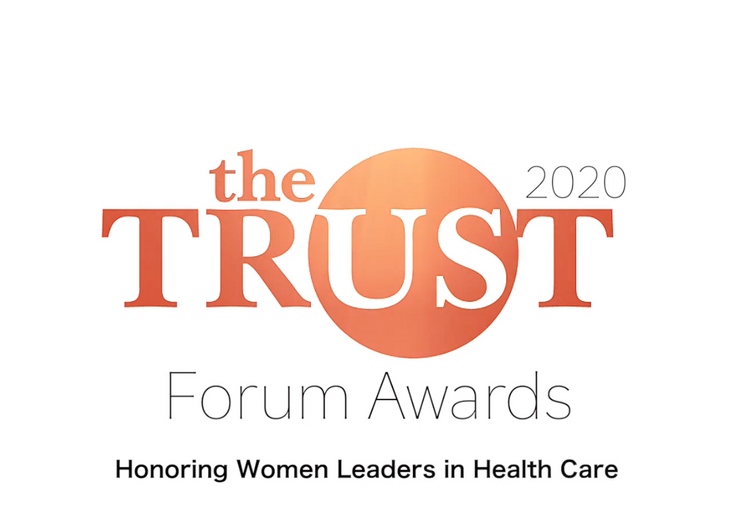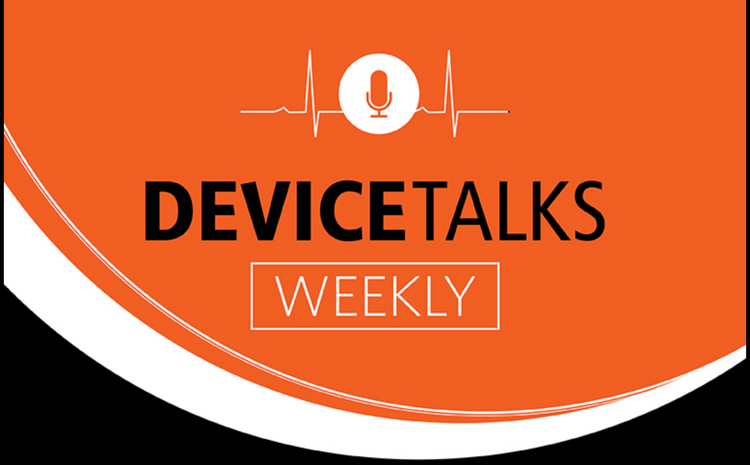
Strep throat is one the most prevalent infections; It's estimated that millions of cases are diagnosed with strep throat in the United States. Strep throat is a bacterial infection caused by a bacterium belong to Group A beta hemolytic Streptococcus (GAS). Generally speaking, strep throat affects children more frequently than adults. Approximately, 3 out of every 10 cases of sore throat is classified as strep throat infection. In this article, we will try to answer a few frequently asked questions that arise when we are talking about strep throat.
Q1: Who has a higher risk of catching Strep throat?
As we said earlier, children get strep throat more frequently than adults. However, school-aged children are the most vulnerable to Strep throat among children. Compared to younger children (less than five years), 5-15 years old kids have a higher risk of a strep throat infection (24% risk for younger children vs 37% risk for school-aged children). Adults are the least affected age group with a risk of getting Strep throat ranging between 5-15%. However, adults who have frequent contact with infected School-aged children are at a higher risk of acquiring strep throat infection. Regarding the seasonal variation, strep throat infections are generally more common in late winter and early spring.
Q2: How can we differentiate between strep throat and other causes of sore throat?
Despite the fact that strep throat is the most common bacterial cause of sore throat. The most common causes of sore throat, in general, are viruses. That's why strep throat can get mixed and sometimes misdiagnosed as a viral infections like infectious mononucleosis and hand-foot-and-mouth disease. The seasonality and the symptoms can help distinguish these infections from strep throat. Strep throat is characterized by having a rapid acute onset, high fever, and intensely red inflamed tonsils. On the other hand, infectious mononucleosis is most common among 20-30 years old people and causes more fatigue and cervical lymphadenopathy (lymph node enlargement in the neck. Moreover, hand-foot-and-mouth disease is characterized by painful oral lesions and rash in the hands and feet.
Q3: How do you diagnose strep throat?
Strep throat is diagnosed using a combination of both clinical decision and rapid antigen detection testing (RADT). Clinical decisions should be made based on consideration of age, symptoms of the patient, and signs on clinical examination. Based on the clinical assessment, patients with a low risk of strep throat should be treated symptomatically (i.e., no antibiotic therapy). On the other hand, for patients who have an intermediate risk for strep throat, a RADT test should be order to confirm the diagnosis before starting antibiotic therapy. Moreover, patients with a high risk for Strep throat can be treated with antibiotics immediately without ordering RADT.
Q4: Is a tonsillectomy recommended when you have recurrent strep throat infections?
Tonsillectomy should be considered for a subgroup of patients who have recurrent strep throat infections and, at the same time, has allergic reactions to the antibiotics that are used to treat strep throat. Additionally, it should be considered for patients who have peritonsillar abscesses. This an invasive procedure and should be considered only after careful assessment.
Life is too short to sit in a doctor’s office
Sign up for our weekly newsletter and get valuable healthcare tips and tricks in your inbox!
Sign up now and unsubscribe anytime.
- Choosing a selection results in a full page refresh.
- Press the space key then arrow keys to make a selection.


















